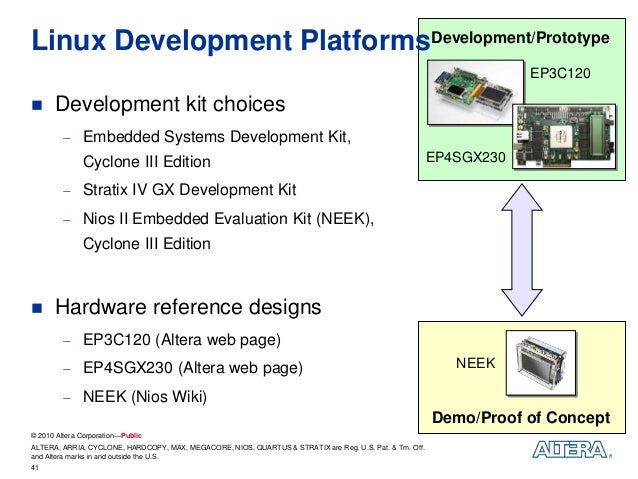Altera University Program Quasimodo
Posted By admin On 22.09.19Test vectors created with this tool can be used in simulation of your circuits by running the ModelSim-Altera. Patch n paint. The FPGA University Program. Welcome to the Intel® FPGA University Program. We provide: State-of-the-art software tools, such as the Quartus® Prime CAD system, and intellectual property (IP). In collaboration with Altera’s University Program, Terasic Technologies has announced the release of Altera’s newest University Program FPGA development board.
In collaboration with Altera’s University Program, Terasic Technologies has announced the release of Altera’s newest University Program FPGA development board, the. Measuring just 49 mm by 75.2 mm and weighing about 40 grams, the is well-suited to a wide range of portable design projects, such as robotics applications.
The is ideal for use with embedded soft processors - it features a powerful Altera Cyclone IV FPGA ( with 22,320 logic elements ), 32 MB of SDRAM, 2 Kb EEPROM, and a 16 Mb serial configuration memory device. For connecting to real-world sensors the includes a National Semiconductor 8-channel 12-bit A/D converter, and it also features an Analog Devices 13-bit, 3-axis accelerometer device. The includes a built-in USB Blaster for FPGA programming, and the board can be powered either from this USB port or by an external power source. The board includes expansion headers that can be used to attach various Terasic daughter cards or other devices, such as motors and actuators. Inputs and outputs include 2 push-buttons, 8 user LEDs and a set of 4 dip-switches.
In addition to the hardware, Terasic Technologies also provides all for every component on board that enables users to quickly and easily gain an understanding of the basic design concepts. For more information, please visit. Altera University Program The Altera University Program is dedicated to introducing students to digital design technology. Support includes hardware, software and teaching materials.
Altera University Program

Extensive resources can be found at, which include easy-to-follow tutorials and laboratory exercises for use in digital logic and computer organization courses.